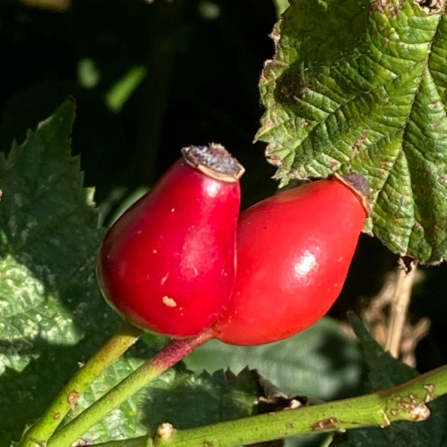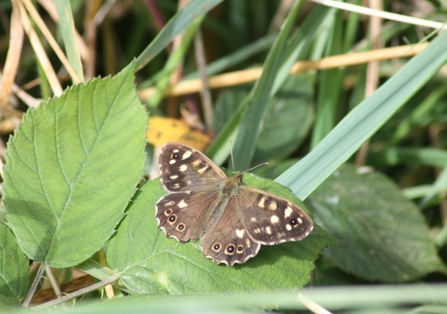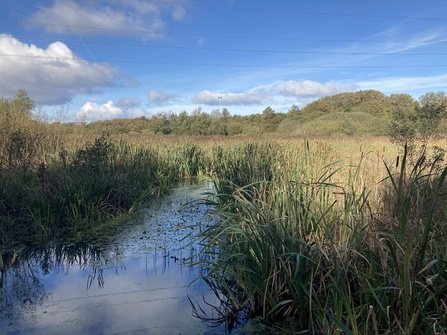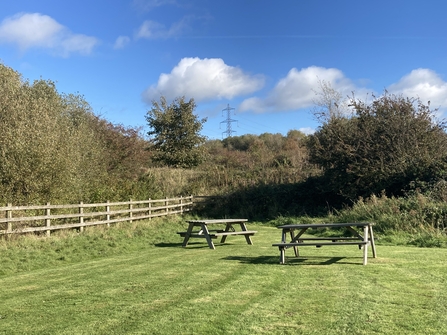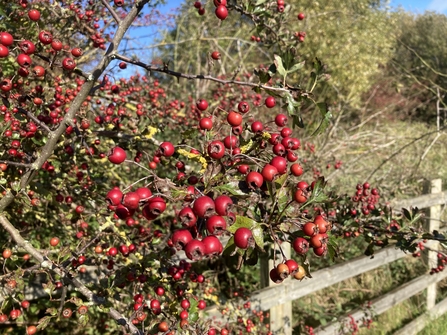
Hawthorn berry bush
Photo by Alan Wright
The road to Heysham seems to go on forever, a “straight on” at so many roundabouts before you reach journey’s end at a set of traffic lights. If you drive on, you are heading to the ferry port, or the lovely Half Moon Bay. If you take a left, you will find the wonderful Heysham Nature Reserve.
We often hear about hidden gems, and Heysham Nature Reserve certainly qualifies on many levels, sitting next to the port and the power station, owned by EDF energy who support the reserve financially. However, plenty of local people know about this hidden gem, and there were a lot of visitors when I arrived on a sunny autumn afternoon.


